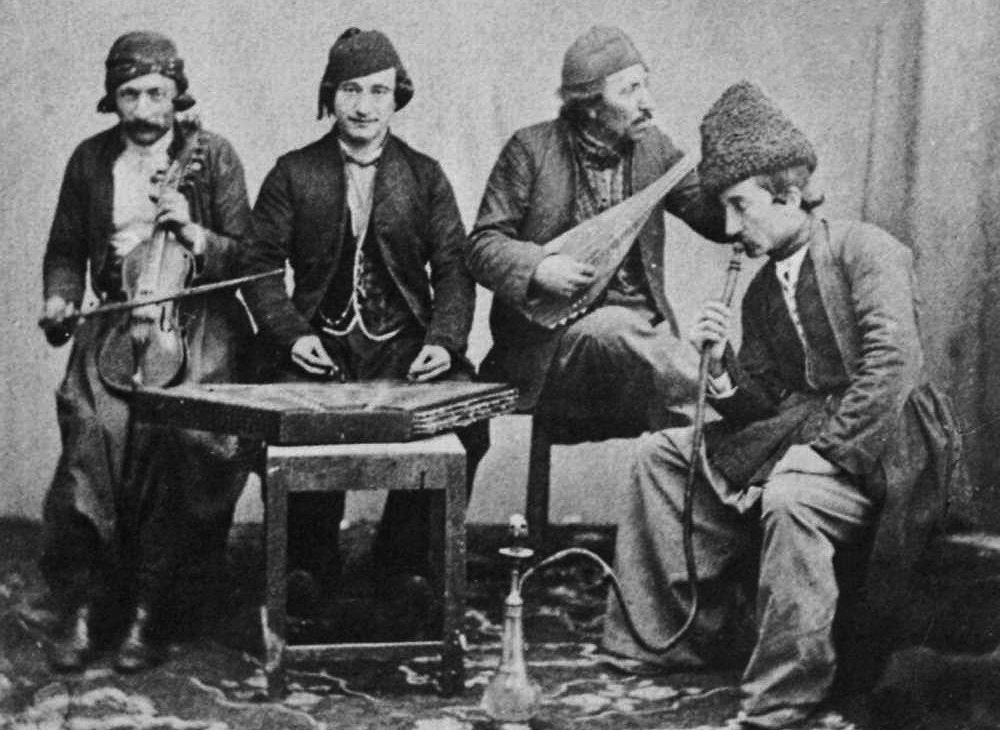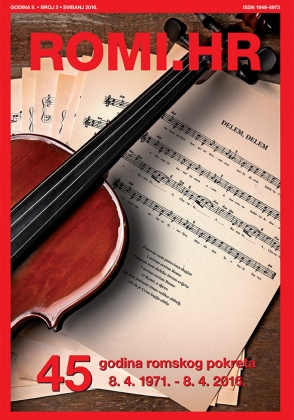Focus ROMI.HR
/Sedentarisation is one of the main terms of the Russian Empire's policy towards the Roma for several centuries. From ruler to ruler, from one territorial community to another, the attempts to impose the Roma a lifestyle customary to the state never ceased. But what were the reasons behind this and what actions were taken?
According to Russian historical archives, some of the first mentions of Roma come from the reign of Anna Ioannovna. At that time, the struggle to fit nomadic people into the existing state structure began.
The fact that the Russian Empire, in addition to a large number of different peoples, was inhabited by Roma was rarely noticed. The main reason to remember was usually the lack of money in the treasury. Thus, in 1733 the question of financing the authorities in Malorossiya (the western Russian lands of the Empire) arose. It was decided that money for office supplies would be collected from the Roma. The problem surfaced immediately: the state had no statistical calculations of how many Roma lived in the region. Nor did it have the tools to figure out how and how much money could be collected from each Roma family. The Empress then ordered appointing a responsible Roma to collect and bring the money to the treasury. The developed mechanism of action began its implementation.
The rules operated until the accession to the throne of Catherine the Great, who in 1763 cancelled the liberty of Malorossiya. It became clear that the system of money collection was extremely inefficient: the Roma continued to travel, and the person in charge of money collection had to track down nomadic tabors. Since all payers could not be found, he had to charge more per capita tax from those who were caught. This fact also met judgment from the Roma.
The Empress ordered to solve these problems in the following way: to gather the leaders of the tabors and persuade them to collect signatures from their people requesting the allocation of fertile land, from which they would have sufficient food and would be able to settle down instead of being constantly on the road. Only 11 people out of 4441 agreed to turn into peasantry but on the condition of not paying a per capita tax higher than the previously established one.
As the policy proved to be as unsuccessful as the previous ones, it was decided to attach the Roma to towns and state villages. According to the law, state peasants or burghers, among whom the Roma were listed, could not go further than thirty versts from the village without special documents and passports. The authorities thought that this would finally allow them to attach the Roma to one place and receive money from them. However, it was again unsuccessful. In order to solve the problem with documents, the Roma were buying the necessary papers from the landowners to leave the town, stating that the people in question were serfs who had been released on a quitrent (a natural or monetary levy on peasants). As a consequence, they moved from one land to another and never went back. At the same time, local residents complained about the nomads travelling through towns and villages. People were very sceptical about the Roma who came to them: their culture, appearance and habits were wild and alien. Complaints included stealing of horses and valuable items, deceit, the lack of a home and the fact that for the winter they, according to the locals, settled in their houses.
The year 1783 was marked by another doomed-to-fail attempt to assimilate the Roma. The Governing Senate of the Russian Empire decided that all Roma should have equal rights with state peasants, and the person responsible for them was obliged to find land for the nomads, to persuade them to settle down in one place and engage in farming.
Another measure - to attach the Roma to the land on which they appeared during the census - did not help either. Thus, after the revision, if the Roma were attached to a particular land, they became the property of the owner-landlord. To stop them from escaping, in 1800 an order was made prohibiting the issuance of passports to Roma, and in 1803 the Governing Senate established a corresponding decree. Those Roma who were not assigned to the landlord according to the revision were to be divided into small groups and distributed among the villages.
These measures forced the landlords to bear heavy financial losses: for each Roma, it was necessary to make a regular financial contribution. The expenses increased also due to the fact that the people did not want to give up the life they were accustomed to and continued to nomadise. Hence, in addition to the per capita tax, the landowner spent money from his own pocket to track down, detain, and deliver his own serfs. This reality, undoubtedly, did not satisfy the privileged class.
Alexander I, who ruled at the time, wanted to solve this problem by freeing the landlords from the ownership of the Roma and ordering them to be assigned to the cities. Now according to the law Roma who did not have passports could freely enlist as artisans, burghers, state peasants, or even merchants. The only thing that was strictly forbidden was to continue to lead a nomadic lifestyle. If a Roma's family fled, the one who issued the tickets had to pay a rouble each time in favour of the Order of Public Welfare, and the escaped Roma were searched for and brought back again.
Thus, as we see, the policy of settlement towards Roma in the 18th century was not crowned with positive results. This was due to the lack of sufficient understanding of the Roma people themselves and dry financial interest. Moreover, the 17th-19th centuries was a period of active expansion of territories, along with which more Roma tabors appeared, who also began to move actively around the country. In this regard, an additional difficulty arose in calculating the number of Roma. New rules and regulations were developed and adopted “half-heartedly”; responsibility for implementation was left to chance, handing over the baton of managing the process to those who did not have a sincere interest in its implementation. Attempts to integrate the Roma arose and marked the beginning of a more comprehensive sedentarisation policy of Nicholas I, who took as a basis all the experience accumulated by past generations.
 Back to Focus
Back to Focus













